
Light Bulbs: Choosing the right light bulb base for the socket
Search
Main Article: Choosing the Right Light Bulb: Everything you Need to know
Understanding Light Bulb Sockets and Bases
Light bulbs are portable light-emitting devices which can be screwed or slotted into a socket so that they can receive electrical power. Typically light bulbs of a particular design must be put into a socket of similar design, compatible in terms of its physical shape and electrical requirements. The bottom portion of the light bulb is the base, and the device you "plug it into" is the socket. The socket is usually a permanent part of a lamp or light fixture.
What are Light Bulb Sockets and Bases?
A light bulb socket is the part of a light fixture where the bulb is installed. The base of the bulb is the part that fits into the socket. Different types of bulbs have different bases and sockets, which can affect the bulb's functionality, brightness, and efficiency.
The base is part of the light bulb itself, for example a metal portion which has a screw thread on it, allowing it to be screwed into an appropriate socket. A socket is the part of the light fixture or lamp that the bulb goes into to mount it onto the fixture or lamp.
Finding a Light Bulb to fit the Socket
You'll need to look at the light fixture or lamp and look at what kind of socket it has. Consider also its maximum wattage rating. The light bulb cannot exceed, in watts, the maximum wattage that the socket is rated for. The socket has been certified as being safe for use up to a maximum amount of electrical current, including the type of wiring used in the fixture, so it's not safe to use a light bulb with a wattage that goes over this limit.
Consider light bulbs for the socket that are compatible with the socket. This includes the size of the socket, the maximum wattage, and how the bulb goes into the socket. The proper type of bulb for the socket is essential to avoid any electrical problems or risk or fire.
Common Types of Light Bulb Bases
Light bulb bases come in various shapes and sizes, designed to fit specific sockets. Here are some of the most common types:
Edison Screw Base (E)

The Edison screw base is one of the most common types of light bulb bases, widely used in homes. It features a screw-threaded design, allowing easy installation and removal of bulbs. You gently screw the bulb into the socket with light pressure, being careful not to over-tighten.
- E26: This is the standard base for most household light bulbs in North America. The diameter of the base is 26 millimeters.
- E27: This is the European equivalent of the E26 and is commonly used in Europe and Asia. The diameter is also 27 millimeters.
Bayonet Base (B)

Bayonet bases use a different mechanism than screw bases. They have two pins on the sides of the base, which fit into corresponding slots in the socket. You insert the bulb and twist it to lock it in place.
- B22: This is a common bayonet base found in the UK, with a diameter of 22 millimeters. It’s often used in pendant lights and ceiling fixtures.
Bi-Pin Base (G)

Bi-pin bases are used in smaller bulbs and have two pins that insert into the socket. They are found in halogen and fluorescent bulbs.
- G4: This base has a 4-millimeter pin spacing and is used in small, low-voltage lighting applications, such as landscape lights.
- G5.3: This base features 5.3-millimeter pin spacing and is used in MR16 halogen bulbs.
- GU10: This base is popular for spotlights and track lighting, with a twist-lock mechanism. The pins are 10 millimeters apart and fit into a socket designed for GU10 bulbs.
- GU24: A similar bulb where the pins are 24 millimeters apart. Often used in some floor lamps for example.
Candelabra Base (E12)

The candelabra base is smaller than the standard Edison base, making it ideal for decorative lighting, such as chandeliers and sconces. It has a screw-thread base similar to a regular bulb, so you simply screw it gently into the socket, being careful not to over-tighten.
- E12: This base has a diameter of 12 millimeters and is commonly used in decorative fixtures, especially chandeliers.
R7s Base
The R7s base is used for linear halogen bulbs and has a unique design with two pins at either end.
- R7s: This base is often found in floodlights and high-intensity discharge lamps.
Differences Between Light Bulb Bases
Understanding the differences between light bulb bases is crucial for selecting the correct bulb for your fixture. Here are some key differences:
Size
The size of the base determines which socket the bulb will fit into. For example, an E26 bulb will not fit into an E12 socket because of the size difference.
Design
Different bases have different designs. For example, screw bases allow for easy installation and removal, while bayonet bases require a twisting motion. The design affects how you handle and change the bulbs.
Voltage
Some bases require a specific voltage level. For instance, G4 bases are often used for low-voltage applications, while standard Edison bases typically work with household voltage (e.g. 120 volts).
Uses
Different bases are suited for different uses. For example, GU10 bases are ideal for spotlights, while E12 bases are often used in decorative light fixtures.

Common Light Bulb Types and Their Bases
Different types of light bulbs use specific bases. Here are some common types and their corresponding bases:
Incandescent Bulbs
- Base: E26 or E27
- Description: Traditional light bulbs that produce light by heating a filament. They are being phased out in many regions due to energy efficiency regulations.
Compact Fluorescent Lamps (CFL)
- Base: E26 or E27 (some models may have different bases e.g. GU24)
- Description: These bulbs are energy-efficient alternatives to incandescent bulbs, using less power and lasting longer.
LED Bulbs
- Base: E26, E27, or E12
- Description: LED bulbs are highly energy-efficient and can last up to 25,000 hours or more. They are available in various shapes and sizes and colors.
Halogen Bulbs
- Base: GU10 or G4
- Description: A type of incandescent bulb that uses halogen gas to increase efficiency. They are often used in track lighting and spotlights.
Fluorescent Tubes
- Base: G5 or G13 (depending on size)
- Description: Commonly used in commercial settings and for overhead lighting, fluorescent tubes provide bright light and are energy-efficient.
Xenon Bulbs
- Base: Various bases such as G4, G5.3, or E26 (depending on the bulb type)
- Description: Xenon bulbs are a type of gas discharge lamp that uses xenon gas to produce bright, white light. They are often used in automotive headlights, stage lighting, and other uses requiring high-intensity lighting. Xenon bulbs offer excellent color rendering and are typically more efficient than traditional incandescent bulbs.
How to Choose the Right Light Bulb Base
When selecting a light bulb, consider the following factors:
Check the Socket Type
Before purchasing a bulb, check the socket type in your fixture or lamp. Match the base of the bulb with the socket for compatibility.
Consider the Size
Make sure the size of the bulb fits your fixture. A candelabra base bulb (E12) is not suitable for a standard socket (E26).
Think About the Application
Consider where you will use the bulb. For example, if you need a spotlight, a GU10 base is ideal.
Look for Energy Efficiency
Consider energy-efficient options like LED or CFL bulbs, which can save you money on your electricity bill in the long run.
Review the Voltage Rating
Make sure the bulb's voltage matches your fixture. Using a bulb with the incorrect voltage can lead to poor performance or damage.
Learn more about Light Bulbs
The different types of light bulb technologies
Choosing the right light bulb base for the socket
How to safely screw in various kinds of light bulbs
The different shapes of light bulbs
Smart Bulbs, their benefits and features
How to find the brightness of a light bulb
The different colors of bulbs, warm white, cool white and more
What are Full Spectrum and Natural Daylight bulbs?
What is Color Rendering Index (CRI), and why does it matter
How to avoid glare and harsh light
Wattage, what is it and does it matter?
When light bulbs get hot take safety precautions
How long do they last and when will they need replacing
How much do they really cost to run?
Explore Topics

Table of Contents
Light Bulbs: Choosing the right light bulb base for the socketUnderstanding Light Bulb Sockets and BasesWhat are Light Bulb Sockets and Bases?Finding a Light Bulb to fit the SocketCommon Types of Light Bulb BasesDifferences Between Light Bulb BasesCommon Light Bulb Types and Their BasesHow to Choose the Right Light Bulb BaseLearn more about Light BulbsCommentsShopping Ideas
Trending
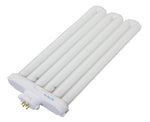
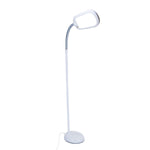

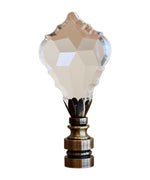

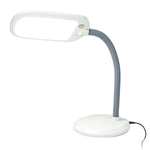




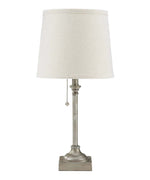


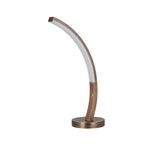
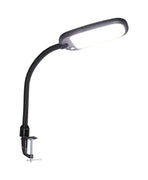


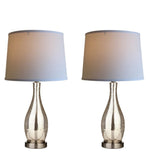
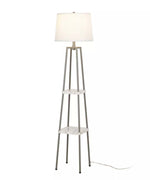










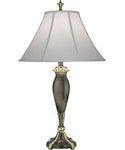
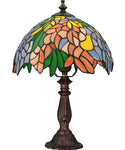
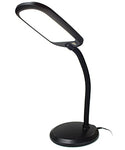
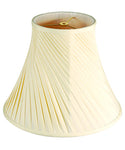

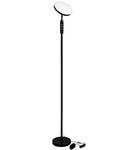
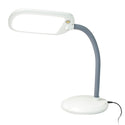
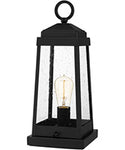
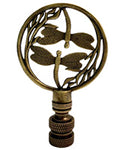
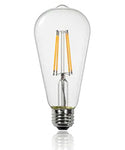
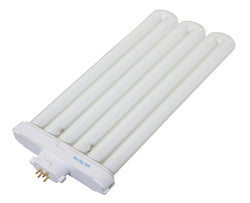
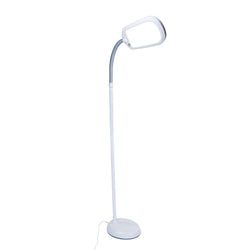
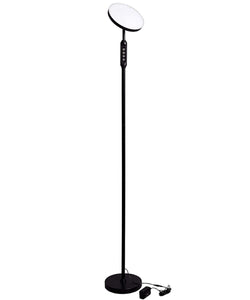
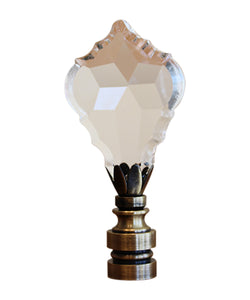
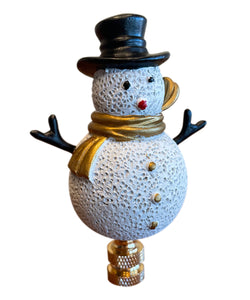

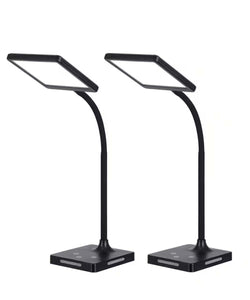

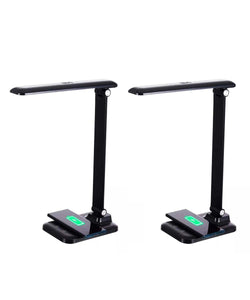


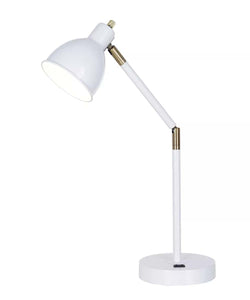
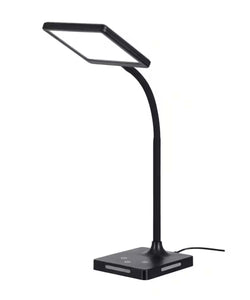

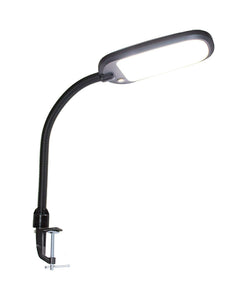





Comments